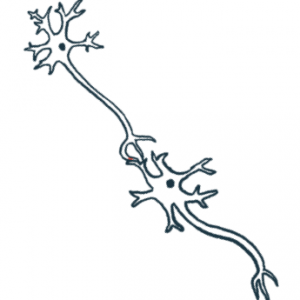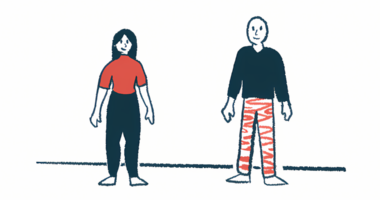Vagus Nerve Stimulation Boosts Motor Learning in Mouse Model
The research team seeks to study effects of vagus nerve stimulation in people with multiple sclerosis

Providing electrical stimulation to the vagus nerve, a large nerve that plays important roles in modulating nonconscious bodily processes like digestion and heart rate, can improve motor learning in mice, a new study shows.
The approach specifically helped the animals learn motor tasks faster and achieve better performance levels in the tasks. These findings may have applications in the care of neurological disorders such as multiple sclerosis.
“The idea of being able to move the brain into a state where it’s able to learn new things is important for any disorders that have motor or cognitive impairments,” Cristin Welle, PhD, senior author of the study from the University of Colorado School of Medicine, said in a university press release.
“Our hope is that vagus nerve stimulation can be paired with ongoing rehabilitation in disorders for patients who are recovering from a stroke, traumatic brain injury, PTSD or a number of other conditions,” Welle said.
The study, “Vagus nerve stimulation drives selective circuit modulation through cholinergic reinforcement,” was published in Neuron.
Vagus nerve stimulation (VNS), which involves using a surgically implanted device to provide electrical simulation to the vagus nerve, is approved to treat epilepsy and depression. VNS paired with motor rehabilitation was recently approved to treat motor problems associated with stroke based on clinical trial data showing that adding VNS could improve rehabilitation outcomes.
Although VNS has been shown to improve outcomes after brain injury, little is understood about the mechanism behind these improvements. Scientists at University of Colorado School of Medicine conducted a battery of tests in mice to learn more.
In their experimental setup, mice implanted with VNS devices were trained to do a difficult task that involved reaching their paws through a narrow opening to grab a food reward off a post.
In initial experiments, the researchers tested timing the VNS differently — sometimes stimulation was given at random, sometimes when the mice swiped their paw, and sometimes only when the mice successfully completed the task.
The results showed learning outcomes improved only when the stimulation was given upon the successful completion of the task — in fact, mice given random stimulation performed slightly worse than their peers during the initial learning.
“These data suggest that VNS paired with a successful outcome accelerates learning, whereas random VNS temporarily impairs early learning,” the researchers wrote.
A significant difference in learning outcomes was clear during the first few days of learning, but not later on, which suggests “the timing of VNS is critical during early learning but more flexible in late learning,” the team wrote.
The VNS stimulation paired with success led mice to be more consistent in their movements when they attempted the task, closer analyses of the mice’s behavior suggested. “These data suggest that VNS drives all reaches closer to the expert reach trajectory, enhancing the selection of a successful motor plan,” the investigators wrote.
The scientists conducted a number of tests to confirm these results were due to an effect on learning and to exclude other explanations. For example, experiments showed the mice did not show preference for a room they’d been trained to associate with VNS, suggesting the electrical stimulation itself does not act as a reward or motivating factor.
The research team next ran tests to explore the biological mechanisms underlying this effect. They found that VNS altered electrical activity in the motor cortex (a brain region involved in controlling movement), particularly of specific nerves activated when the mice successfully completed the task.
Other experiments showed this VNS’s neuronal modulation was likely mediated by a neurotransmitter — a signaling molecule used by nerve cells to communicate with each other — called acetylcholine. Blocking the activity of the molecule inhibited the learning-promoting effects of VNS.
“We concluded that there is a direct connection between the vagus nerve, the cholinergic [acetylcholine-signaling] system that regulates certain aspects of brain function, and motor cortex neurons that are essential in learning new skills,” Welle said. “This could provide hope to patients with a variety of motor and cognitive impairments, and someday help healthy individuals learn new skills faster.”
Welle and her team have applied for a grant to study the effects of vagus nerve stimulation using a noninvasive device in people with movement problems due to multiple sclerosis.







